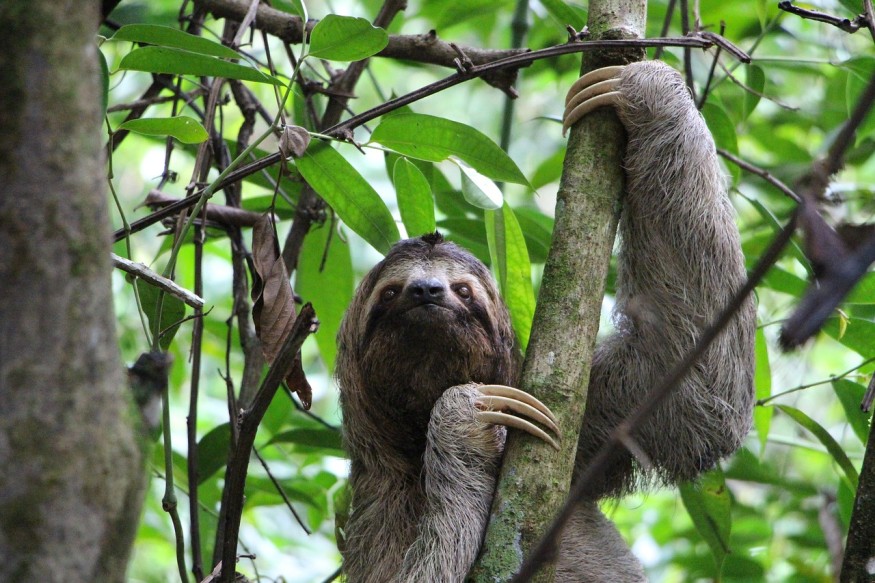Costa Rica, a small country in Central America, is a remarkable example of nature's diversity. Think of it as a rich store of natural beauty, home to an incredibly diverse range of wildlife and landscapes. This is where biodiversity in Costa Rica starts. The nation's location, between the Pacific Ocean and the Caribbean Sea, gives it a climate and geography ideal for various species to flourish.
The biodiversity in Costa Rica includes a variety of life - from small insects to large trees and colorful birds to mysterious amphibians. Although Costa Rica covers less than 0.03% of the Earth's surface, it is a hub of biodiversity. It hosts over 5% of the world's species.
The essence of biodiversity in Costa Rica lies in how these species interact within their environment. Each creature, plant, and microorganism has an essential role in the ecosystem, creating a complex and detailed web of life.

Exploring the Richness of Biodiversity in Costa Rica
Costa Rica, a small country in Central America, is a remarkable showcase of natural wonders. The biodiversity in Costa Rica envisions a collection of colorful creatures and lush landscapes.
A World of Diverse Species
In Costa Rica, diversity is everywhere. Every creature has an important role in the ecosystem, from the eye-catching red-eyed tree frogs to the majestic jaguars. You will find over 500,000 species here, about 4% of the total estimated species on Earth. This figure is impressive, especially considering Costa Rica covers only 0.03% of the planet's surface, per Kew.
Bird lovers will be excited to know that Costa Rica is home to more than 900 bird species. With its striking plumage, the resplendent quetzal is a sight to behold. Then, there are the hummingbirds zipping around with their shiny colors.
But it's not just the birds that are captivating. The country is home to many mammals, reptiles, amphibians, and marine life. Sloths lazily hanging from the trees and capuchin monkeys playfully leaping around are common sights. The oceans are equally fascinating, with whales, dolphins, and many fish species.

Diverse Ecosystems
Costa Rica's biodiversity is largely due to its diverse ecosystems. The rainforests, cloud forests, dry forests, mangroves, and coral reefs each house distinct species and contribute to the overall ecological balance.
The rainforests are full of life. Every inch seems to be occupied with some form of life, whether a plant, insect, or animal. The cloud forests, such as those in Monteverde, are known for their misty landscapes and are a haven for orchids, mosses, and ferns.
Mangroves are another important ecosystem. They serve as nurseries for many fish species and act as buffers against storms. The coral reefs, like those in the Cahuita National Park, are full of colorful marine life and are essential for maintaining healthy oceans.
Conservation Efforts
Costa Rica is a pioneer in conservation. The country has set aside over 25% of its land for conservation. This dedication has paid off, helping to preserve the diverse species and habitats. National parks, like the Corcovado National Park, are examples of successful conservation efforts.
Moreover, the country's ecotourism approach helps raise awareness and funds for conservation projects. When you visit, you not only see the beauty of nature but also contribute to its preservation.

The Future of Biodiversity in Costa Rica
Looking ahead, the conservation of biodiversity in Costa Rica remains a priority. The challenges are significant, including climate change and habitat loss. However, the commitment of the Costa Rican government and various non-profit organizations is encouraging.
You can contribute, too. Being mindful of your impact when visiting and supporting sustainable practices helps ensure that the biodiversity in Costa Rica continues to thrive for future generations.
Related Article: What Seasons Are Ideal for Visiting French Vineyards?
This article is copyrighted by Travelers Today, the travel news leader




